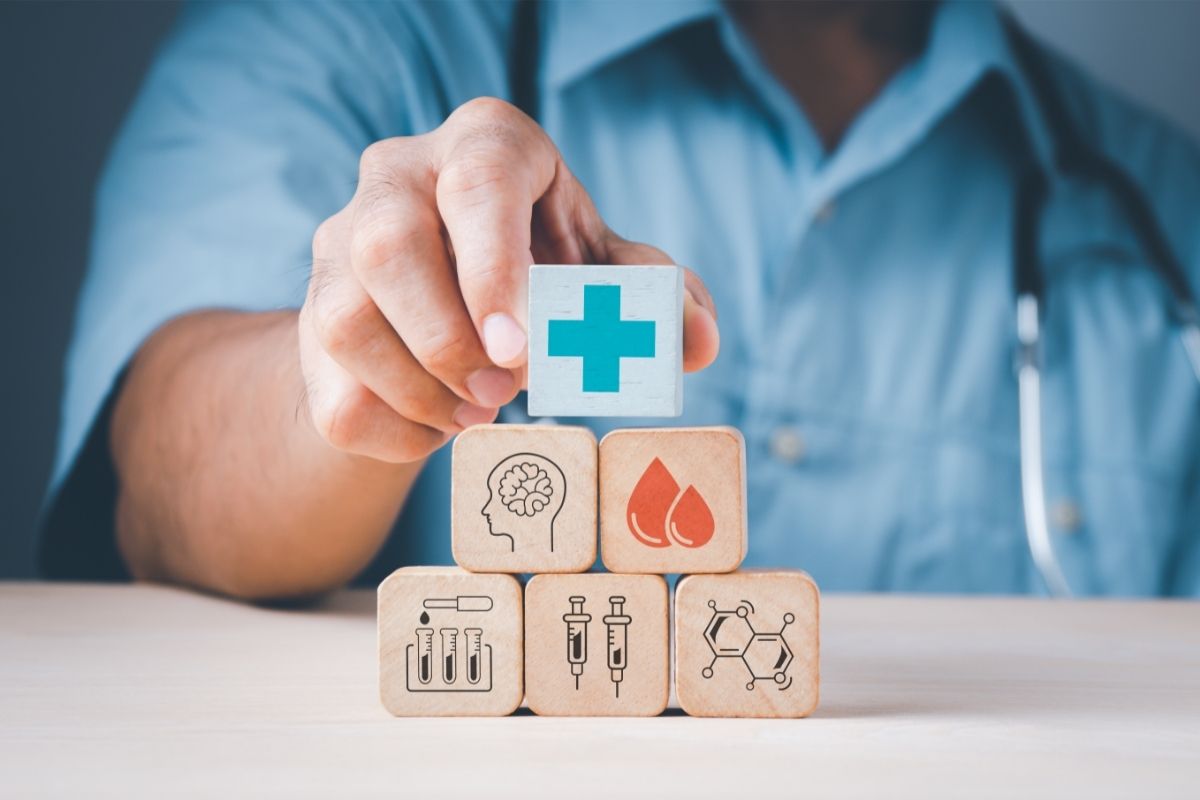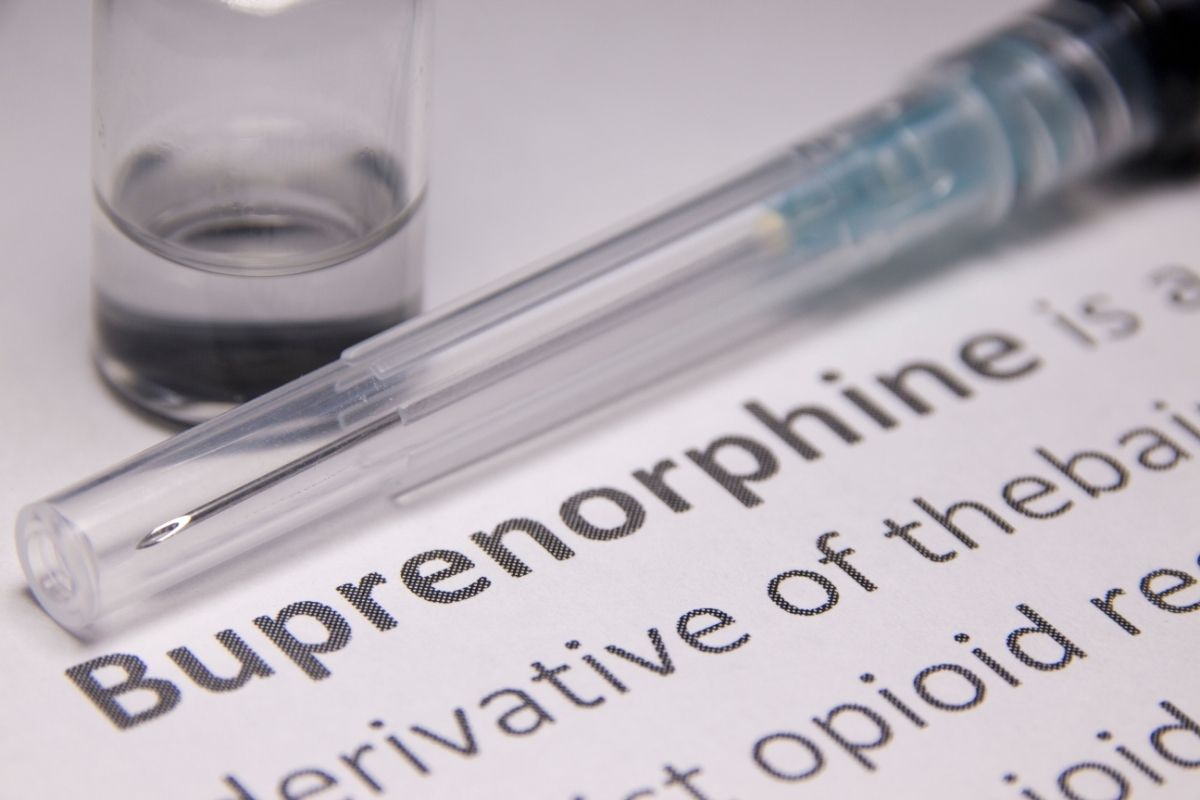Currently more than 2.4 million people are receiving addiction treatment each year. The thought of having to go to a rehab center for treatment may seem overwhelming. Then there’s the question of the items that are brought in, which may be a bit stressful. Although each rehab will vary in policies, there are some products that can help for a better stay that most rehab centers offer and the things that should stay in their homes.

Packing List For Inpatient Rehab, Tips On What To Bring
When it comes to rehab, it can be frightening to get into the program. Fortunately, the plan will help to manage the transition. Amongst those worries is packing for the trip. A quick look at treatment centers websites may give you a basic list of what to bring. Don’t get upset when someone pack everything you think you will need.
What should I pack?
Generally speaking, every rehabilitation centre follows its respective guidelines regarding permitted and prohibited goods. Ask admission staff if they can give you packing lists for rehab. This list includes things that you should pack. 1. Clothing and Accessories. All drug rehabilitation centers provide instructions on how much clothing to wear during a stay. It might take a day and give you some clothes for the day. It will usually be best to bring expensive clothing, shoes and jewelry for rehabilitation. Do not bring anything valuable that will go down and possibly be lost. 2. Toiletries – non-opened.
Clothing
In some rehabilitation facilities clothing has been deemed to have restricted use. Depending on what size space you have, you must avoid overpacking. Because you’ve probably been given laundry facilities at the end of the vacation, a minimum of seven days of clothes and accessories should be sufficient. This item will need to offer layering if the temperatures get cold. Your clothes need to match the climate as well as be comfortable and easy to clean. Any clothing that requires specialized cleaning or dry cleaning should be kept in the house. Rehab isn’t a place for a girl to wear a suit for impressment.
Basics: Rehab Clothing to Bring
First, you should contact your Rehabilitation center and find out the details of their recommended packing for your visit. Generally the centers are happy with the suggestions given. The clothes you wear are comfortable, modest and suited to the conditions in which rehabilitation centers operate and are located. Pack layered pieces for comfort while outdoors to be able to adjust the temperature easily in areas too hot or too cold. The amount of clothes you can bring depends on your stay in rehabilitation. Your bedroom is limited, but do not go overboard.
What can I bring with me to treatment?
Rehab facilities follow extremely strict procedures regarding who is allowed to come to the treatment facility. Many stores provide recommendations and lists of banned items. Treatment centers provide all the necessities. Policies regarding extra goods and services differ by centre. Immediately upon arrival at rehab the admission process is completed. During these days, your admissions team will examine your suitcases and check that nothing is allowed. The center will list everything in your bag to ensure no one will forget something after the trip ends.
What clothing should you bring?
The best treatment centers have an extremely strict dress code so make sure to understand your restrictions before you pack. Packing layers is important when you have difficulty with weather and need extra clothes like jackets or sweaters. Remember the available room might be very small, so be careful not to overload yourself. You should have a laundry room on the floor which will allow you to wash clothing for a few weeks. Make sure your clothes can easily be cleaned without the need for special maintenance like washing. Bring a 7-day supply of warm and weatherproof clothes, preferably :-).
Items You Should Not Bring To Rehab
All rehab centers have strict regulations for the items they are prohibited from. This ensures your safety and helps create the perfect environment to recover. It varies between the centers, though the following articles are generally always ruled out. This item is prohibited for the purpose of preventing distraction from concentrating on your recovery. The center has such items on offer at certain times. Outside foods and beverages are also deemed illegal, as many facilities maintain moderate sugar and caffeine conditions.
Learn what to bring to rehab and what to leave at home with this drug rehab packing checklist
If you plan on attending addiction treatment, congratulations! In a rehabilitation program, a patient’s choice is very important. Your wellness will continue to improve. In order to make a successful rehab stay, you need the best experience possible. It is also important to know the expectations during rehab.
Some rehabs allow these items, others don’t
All treatment centres have different guidelines and some rehab facilities prohibit certain items which would otherwise be permitted. Some facilities have restrictions on many things but these are allowed at certain locations.
What you should not bring to rehab?
All rehab facilities are strictly supervised to remove a specific item. These actions will ensure your safety and create a comfortable and safe environment to recover from a medical emergency. Rules vary by city, but most things listed above are prohibited. Three meals are delivered daily, snacks are available. Whenever a person needs dietary changes, notify rehab immediately.
What not to bring?
Rehab involves healing and focus on recovery. Sometimes something can distract you during your recovery. Although rehab centers differ as far as the type of treatment they permit at their facility, the following items can be allowed to be used for treatment only. Other things we don ‘t bring:
Personal items for Downtime
Depending on the time of recovery, you’ll need a break and pack a few essential items to relax after an emotionally arousing day. This is possible to restrict certain products, so check with a drug rehab facility to determine what can be purchased before you buy and/or pack a product.
Common Hobby Items
If you have a hobby of knitwear or crocheting this is the perfect downtime activity. Similar happens with cameras. If you want to photograph nature and its beauty, you can do it. If this interests you you might want to try out some sketchbooks. A tablet for reading would work if you were a fast reader who reads a lot of books at once in a short amount of time or if you stayed overnight at the hotel for a while. Please ask what electronic equipment is allowed in your bag when packing.
Get information
When it’s uncertain how and why you need to go into rehab, it should be the first step in finding the information. Most medical offices have a booklet that describes their procedures and what they do and prohibits. If you still receive this package, call for clarification.
What do you wear to detox?
Detoxification may cause unwanted physical effects. Wear comfortable footwear. . – T-shirt and short sleeves. Sweatshirts and yoga pants. Gymnastics Shorts. Shirts. Comfortable shoes. T-shirts. Sweat pants. Fitness Short /. Jean. Comfortable shoes.
What’s the shortest time you can stay in rehab?
30-day rehabilitation is generally the shortest duration available. Even a 30-day program is beneficial if you do not have much time to recover from your addiction. During this period people can get into a structured and supportive environment and learn to be sober.
What pills do they give in rehab?
Naltrexone and bupranorphine have been reported to be causing severe craving. Medicine commonly used for relapse includes: Narroxine. Buprenorphine. Disulfirams and antabuse. ACAMOROSATE or CAMO. NALTREXONE / VIVITAL. Benzoylphenazide : A. Disulfiram and analgesia: Acamprose or camperal.
What happens after you come out of rehab?
After completion of detoxification and inpatient rehabilitation one can go back to normal life. These include family, friends, and hobbies. All of these are possible triggers of cravings. Most patients who have relapsed during treatment begin one or two weeks after treatment.
If you’re among them, you deserve congratulations for taking this important and brave first step towards sobriety. You may also be wondering exactly what you should bring with you for your stay in rehab. While this varies by treatment center, we’ve pulled together a general list to give you an idea of what to take with you—and what you should leave at home.
drug or alcohol abuse, the imagery can remind others of what they’re battling. Personal Hygiene And Beauty Products To Pack Obviously, substance abuse treatment is not a fashion show, and your looks will not be under scrutiny, but you need to be relaxed, comfortable and feel at home in your new environment.
What can you be in recovery for?
People who say they are’re’recovering’ often mean they’re in rehab for addictions and drug use. Recovery has traveled far. Many have the same definition of recovery — “in a coma.” In other words.
Any prescription medicines and natural supplements that you take. The names, phone numbers, and email addresses of family members, friends, or sponsors that may become involved in your recovery. At least $50 broken out into small denominations that you can use for vending machines and store runs.
Your pets, even if they’re a therapy or emotional support animal. Pets, in general, aren’t allowed at most rehab facilities. If you’re unsure of a particular item to bring, contact the rehab facility to double-check. Getting Ready For Your Rehab Stay Knowing what to pack for rehab clothing is one way to prepare yourself for your inpatient stay and ease any jitters you have.
At the end of the day, programs like this are designed to prepare you with the tools you need to recover in the real world when you leave the facility. Inpatient treatment will likely consist of one-on-one therapy, group meetings, medication, wellness activities, and more.
What do you bring to someone in physical rehab?
Bring in the items they have favorite hobbies: movies, television, games. Pillows: The pillows for the bed are comfortable. Sometimes people are reluctant to get this information. Outdoor working.
What should I wear to rehab?
Bring clothing that is easily cleaned with care and doesn’t require specialized attention. Bring a seven-day set of comfortable, weather-appropriate clothing.
What should I bring to rehab after surgery?
Personal hygiene supplies as you would during an overnight stay. Bring everything you usually use from toothbrushes and toothpaste to shampoos and dryers. Keep things in mind, especially the eye-sight devices that you use.
How much should I spend on rehab?
General outpatient rehabilitation varies anywhere around $1000 to $10,000 within 30 days. It’s about $5700 per month. Most rehabilitation centers offer an initial three-month treatment plan worth $5,000 total. Inpatient Intensive Treatment for Alcoholism typically costs from $500 to $65 per day in a private facility.
What should I bring to medical rehab?
You can buy your own clothes for the holidays. Take whatever you use at home, from toothbrushes and toothpastes to shampoos and blow dryers. Keep your hearing aids and glasses out for good.
- Rehab Centers in Denver - April 7, 2023
- Depression Treatment Centers Near Me - April 7, 2023
- What is a Residential Treatment Program for Drug Addiction - April 7, 2023








